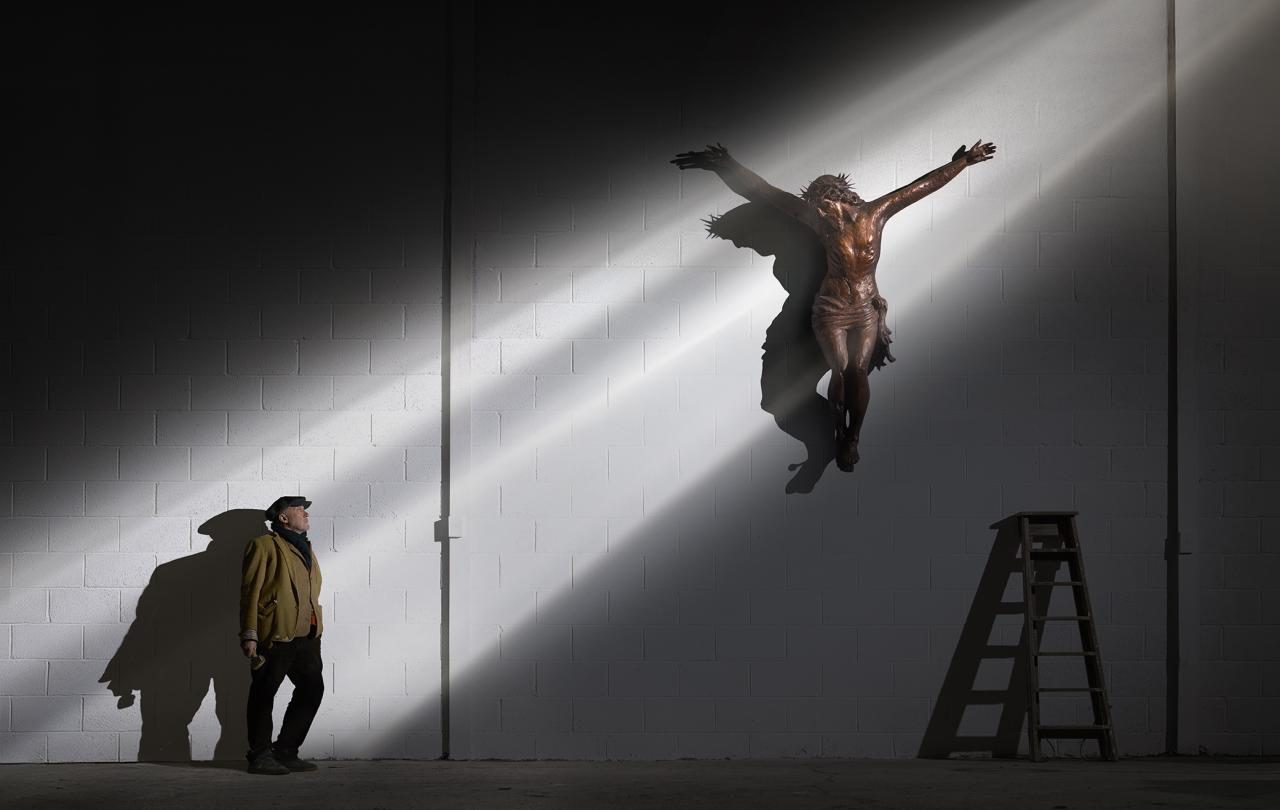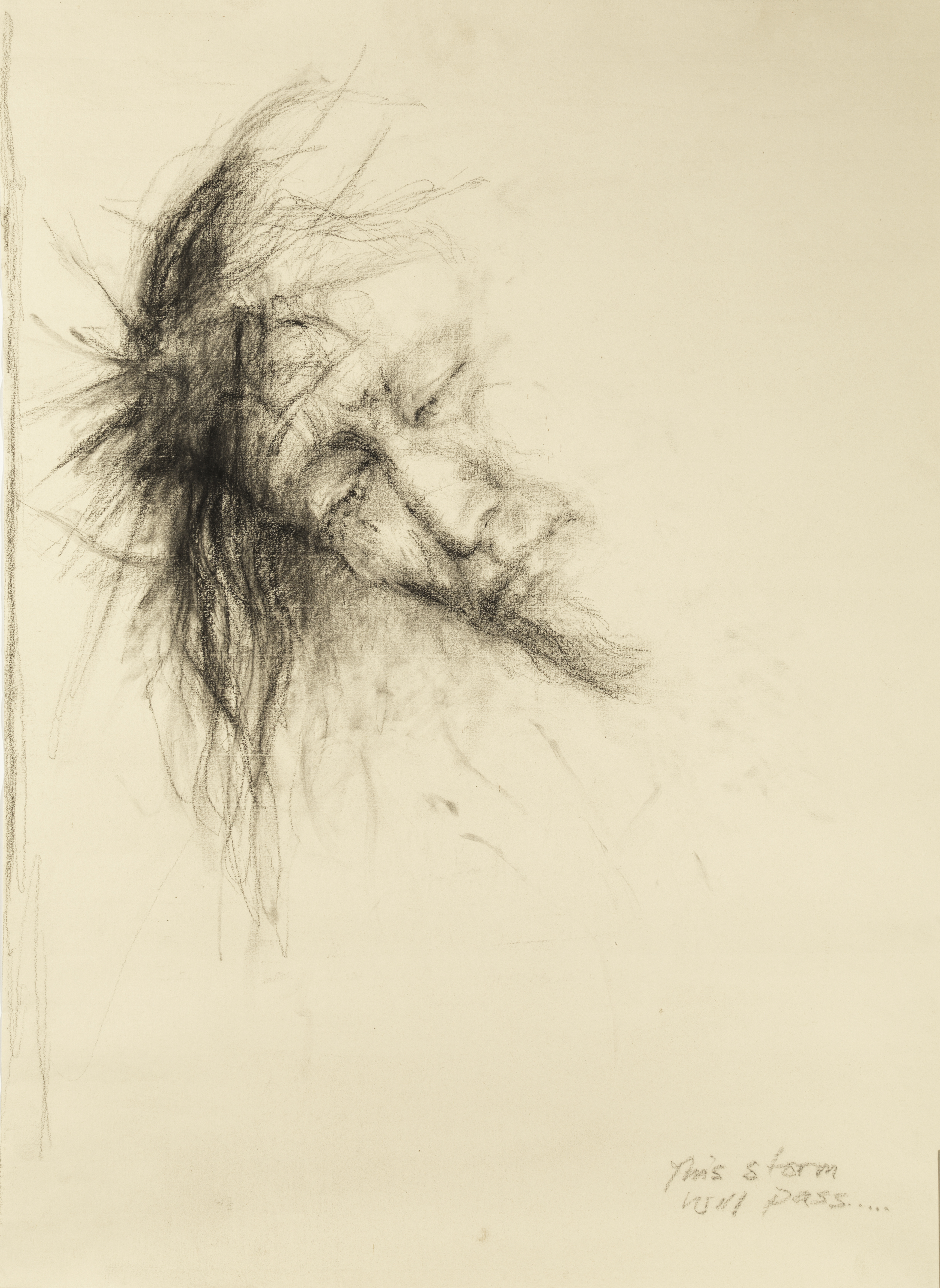
When Helene Kröller-Müller was introduced to charismatic art teacher H.P Bremmer in 1905, she came to view art as the conveyance of a spiritual experience. With Bremmer as her art adviser, she built an art collection and museum intended as a centre for spiritual life, set in the tranquillity of nature. A significant part of that collection is currently on show at the National Gallery providing an opportunity to see connections between modern art and spirituality which were always there but generally had not been highlighted by art curators or critics of the past.
The focus of Radical Harmony at the National Gallery is the Neo-Impressionist art of Georges Seurat and Paul Signac. However, Kröller-Müller and Bremmer were also early collectors of the work of Vincent Van Gogh, an example of whose work is included in the show. As the Neo-Impressionists were artists who used small dots of paint to create their images while Van Gogh used broad dashes of pigment, this exhibition is an exploration of the spirituality of the dot versus the spirituality of the dash.
Neo-Impressionists painted in small dots of pure colour. Viewed from a distance, the colours blend to create nuanced tones and an illusion of light. Now known as pointillism (although this name was not liked by the artists themselves), this technique simplified form and played with colour in an entirely new way, verging on the edge of abstraction.
The Neo-Impressionist's dots of colour were carefully and deliberately placed to sit still on their canvases creating an overall sense of harmony and calm. It was this quality of peacefulness in their work that attracted Kröller-Müller. She spoke of these works being 'light and delicate, spiritual in content and style' and of Seurat's work as expressing 'emotion of religious-poetic disposition'.
That was not how Seurat himself viewed his work. He viewed his approach as being more like a scientific method, but Kröller-Müller’s perceptions do have synergies with the work and religious inspirations of other Neo-Impressionist artists whose work is included here, particularly that of Jan Toorop and Johan Thorn Prikker. Both Toorop and Thorn Prikker also made works in a mystical Symbolist style, while Toorop, around the 1930s, became one of the most reproduced artists of his time, through his prints of Roman Catholic iconography.
By contrast with the stillness of the Neo-Impressionist’s dots, the dashes used by Van Gogh possess a much greater sense of energy and movement. Each dash shows the direction of the brushstroke with which it was created and the cumulative effect of the dashes, set alongside each other, leads the eye across the image. Many of Van Gogh’s images, as which ‘The Sower’ included here, have a central sun forming a halo effect, with its rays, depicted as dashes, emanating from the flaming yellow orb and infusing the remainder of the image with its divine light and energy. Van Gogh viewed Christ as a ‘glowing light or blazing sun’ and used the dashes in his work to imply the divine presence in the world and its landscapes.
In the exhibition, the contrast with dots that is provided by dashes is also apparent in a series of three heavily abstracted landscapes by Thorn Prikker, which draw on the approach of Van Gogh to create movement and energy throughout the entire image in contrast to the calm and stillness of landscapes created using dots of colour. Within their mystical Symbolistic images, Thorn Prikker and Toorop created a similar effect using continuous flowing sinuous lines.
The contrast between the two styles was clearly apparent in the museum that Kröller-Müller opened in The Hague in 1913. There, in the spacious front room, Van Gogh’s paintings hung ‘powerful, dramatic & heavy’, ‘like life itself, like our reality’. In an adjoining room, ‘she created a lighter and more mystical atmosphere’ by hanging the works of Seurat, Signac and Théo van Rysselberghe. She wrote that as you came from one into the other, you would ‘suddenly stand in a completely different world’; being among the Neo-Impressionist works was to be where everything was light and tingling as ‘a French sun rises’.
Bremmer and Kröller-Müller were early collectors of work by Van Gogh (as, too, was Anna Boch, an artist who also features in this show) regarding him ‘as the ultimate example of an artist who was filled with a sacred respect for everyday reality’. They also viewed Pointillism as ‘a spiritualisation of art’, as ‘applying the colour to the canvas dot by dot’ was done ‘in order to contemplate things more calmly and profoundly’.
This focus on contemplation informed not only their collecting but also the design of the purpose-built museum that was opened in 1938, for which the artist Henry van de Velde was the architect. Van de Velde’s own Neo-Impressionist art also features in this exhibition, and he summed up the focus that he, Bremmer and Kröller-Müller had on contemplation of images in sympathetic architectural spaces, when he wrote of wanting:
‘To establish the Dream of realities, the Ineffable soaring above them, to dissect them without pity to see their Soul, to strive for the pursuit of the Intangible and meditate – in silence – to inscribe the mysterious Meaning.’
Enabling such contemplation was the aim of these three and this exhibition reveals how and why they followed that aim. In doing so, the exhibition reveals more to us about the connections found and made between art and spirituality early on in the development of modern art. These are connections which have been overlooked in earlier discussions and presentations of Neo-Impressionism but which are being helpful and rightly rediscovered and represented in the present.
Visit this exhibition to gain that understanding but also to take the opportunity, as Bremmer, Kröller-Müller and Van de Velde desired, to meditate in silence ‘to inscribe the mysterious Meaning’ of the works you will see.
Radical Harmony: Helene Kröller-Müller's Neo-Impressionists, 13 September 2025 - 8 February 2026, National Gallery
Support Seen & Unseen
Since Spring 2023, our readers have enjoyed over 1,500 articles. All for free.
This is made possible through the generosity of our amazing community of supporters.
If you enjoy Seen & Unseen, would you consider making a gift towards our work?
Do so by joining Behind The Seen. Alongside other benefits, you’ll receive an extra fortnightly email from me sharing my reading and reflections on the ideas that are shaping our times.
Graham Tomlin
Editor-in-Chief








